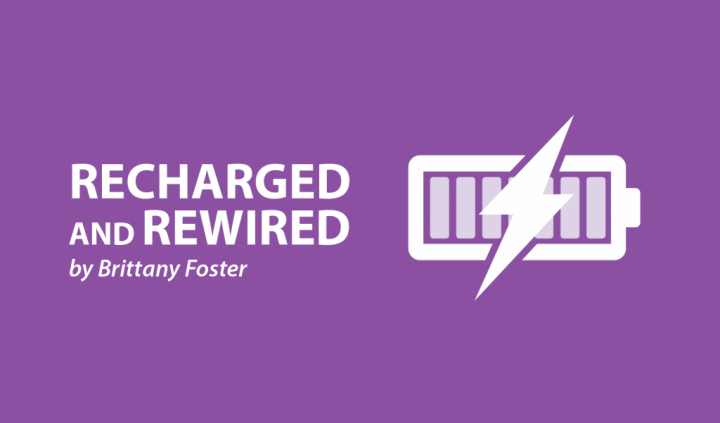I’m Thanking My Body This Thanksgiving

I often stare at myself in the mirror and do not recognize the reflection staring back.
I see a body that is so different from the one I had five years ago. I see a chest and a torso covered in scars from drainage tubes, open-heart surgeries, and countless other surgical procedures. My once bright eyes are tired and fatigued. My oxygen and feeding tubes feel foreign on my skin.
It’s easy for me to pick myself apart and think about what I wish I could change. But wishing that things were different won’t change my situation. It won’t erase my scars or the tubes I wish weren’t coming out of my body. Instead of looking at myself and wishing it all away, I am choosing to practice giving thanks, especially this month.
I am thankful for the scars that prove my body was strong enough to survive and to recover from major surgeries. I am grateful for the life-sustaining medical equipment that keeps me oxygenated and nourished. Because of that equipment, I can “recharge” my cells and take care of my body and mind. I am thankful for my heart that keeps beating and my lungs that keep breathing, even if they require assistance. I am thankful for the dark circles under my eyes that remind me of my tenacity.
It has always been hard for me to see my body covered in scars. They remind me of all the trauma my surgeries have caused. I have always struggled to embrace my scars or to see them as beautiful, but I am learning to accept each and every one.
Every time I turn my back toward the mirror, I see my thoracotomy scar. It is a visual reminder of the past year, a year I didn’t think I would survive. I am thankful that my undernourished and underweight body had the strength to carry me through heart surgery. My drainage tube scars remind me of unimaginable physical pain, but they also remind me of the fluids that pumped through tubes to circulate oxygen and stimulate blood flow.
My medical equipment can sometimes look foreign and “abnormal.” But I have learned to accept that my equipment is how I stay as strong as I can. I am thankful that my supplemental oxygen lets me walk without feeling fatigued and dizzy. It has allowed my cells to recover and has helped me reclaim some of my energy.
I have scars from medical equipment, but those devices power me through each day. The scars on my stomach are from my feeding tube, which gave me enough energy to make it out of the operating room in May. My J-tube supplies me with protein and vitamins that are essential to repairing my body from the inside out.
My heart may not be pumping blood and oxygen the way I want it to, and my lungs may not be taking in as much air as I would like, but those organs keep me fighting to see another day. I am thankful for this body that sticks around so I can see all sorts of medical advances.
My body is nowhere near perfect, and my medical conditions aren’t going to be erased. But thanking the parts of myself that I struggle to accept helps me care for myself and appreciate all that I still have.
***
Note: Pulmonary Hypertension News is strictly a news and information website about the disease. It does not provide medical advice, diagnosis, or treatment. This content is not intended to be a substitute for professional medical advice, diagnosis, or treatment. Always seek the advice of your physician or other qualified health provider with any questions you may have regarding a medical condition. Never disregard professional medical advice or delay in seeking it because of something you have read on this website. The opinions expressed in this column are not those of Pulmonary Hypertension News or its parent company, Bionews Services, and are intended to spark discussion about issues pertaining to pulmonary hypertension.








Leave a comment
Fill in the required fields to post. Your email address will not be published.